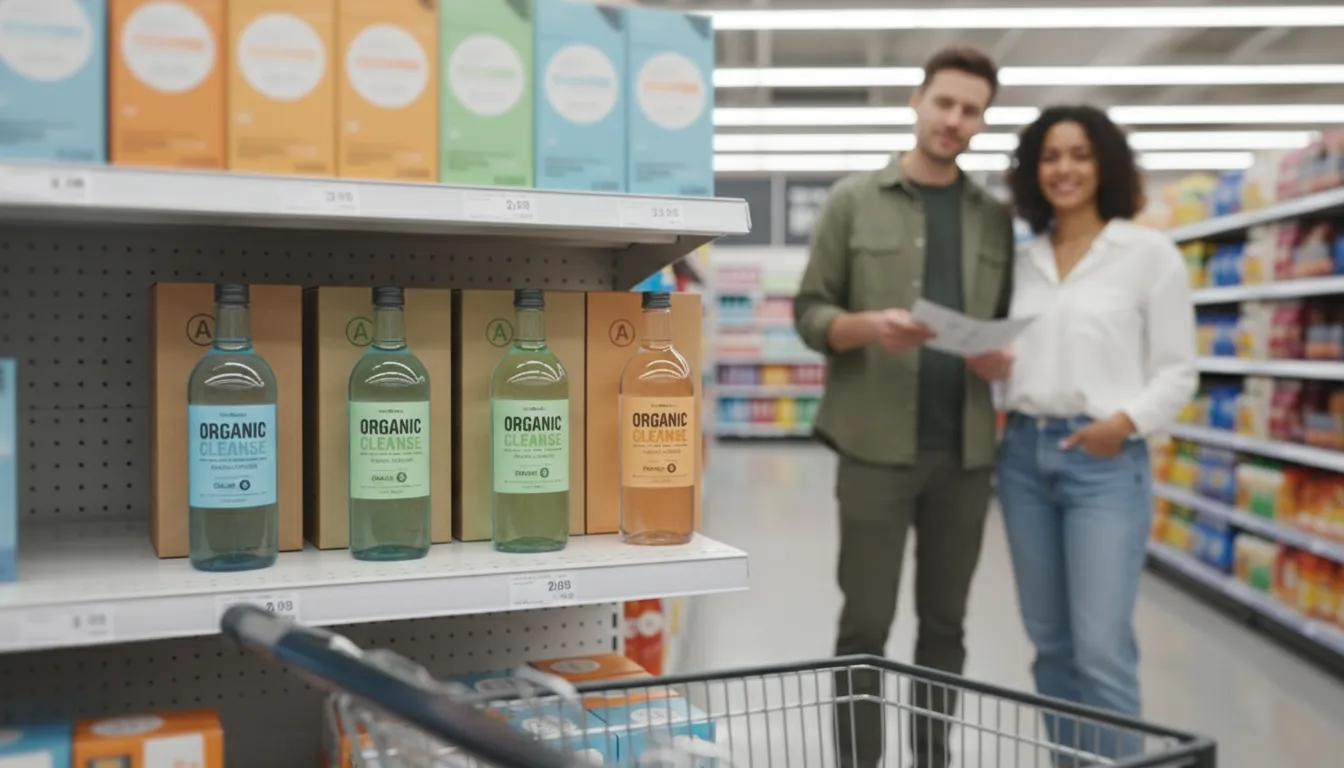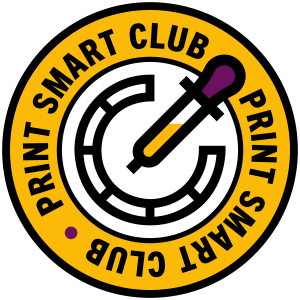The photo arrives from the store. Three of your SKUs sit shoulder to shoulder. The strawberry red that sang in the studio now whispers. The mint variant looks a touch grey. Nobody did anything “wrong” – you approved everything from a perfect PDF and a clean contract proof. But the shelf has its own rules.
Color on packaging is not just paint. It is a decision about how you print, what you print on, and where you approve it. When those three line up, the family reads as one – from three meters away, under unforgiving LEDs, on a Tuesday afternoon when shoppers are tired and moving fast.
What’s Really Going On
A spot color and a process build are not the same thing. A coated board is not an uncoated board. Clear film and metallized board are not paper at all. And store lighting is not your window. That is the whole story in one paragraph.
- Spot ink vs CMYK: Spot is pre-mixed and stable – great for a brand anchor. CMYK is flexible and economical – great for photos and big ranges – but it needs honest builds per substrate.
- Materials: Coated stock reflects and keeps colors crisp. Uncoated softens and warms. Films and metallics shift everything unless you add a white underprint to act as your “paper.” If films or metallics are your world, this is the playbook: https://www.delightad.com/white-ink-on-clear-metallic-build-it-right-proof-it-once/
- Light: Retail LEDs lean cool. That lovely studio proof can drift in aisle lighting. If you have not tried approving under the lights where you sell, start here: Daylight Vs. Storelight article
The Practical Fix (Production-Savvy)
Let me keep this human. Imagine we are sitting with your three SKUs on the table.
First, we decide what must never drift. If your brand stripe is sacred, we set it as spot wherever possible. Everything that needs photos or gradients stays CMYK, but we commit to two honest builds – one for coated, one for uncoated. No “one build fits all” shortcuts.
Next, we face the materials. If one SKU lives on coated SBS and another on an uncoated folding board, we print quick drawdowns on both. Paper truth beats screen truth. If a variant runs on clear film, we add a WHITE_UNDERPRINT where we want real color and leave windows at 0% white where we want transparency. On metallized board, we decide where the shine helps and where it hurts, and we block it accordingly.
Then we change the light. We look at the same pieces under D50 and under store LEDs. I want you to see the shift now – calmly – not in the aisle after the first delivery. For cold products, we do five minutes in the fridge. Condensation changes how edges read.
Finally, we lock the rules in places your team will actually use. Color styles sit in your working files. Nothing fancy – just clear.
Short-Term Wins (This Week)
- You stop arguing with screens and start judging printed drawdowns on the actual materials.
- Approvals happen under store LEDs, so first deliveries look like what you signed off.
- Vendors get a single, predictable package – fewer “can we adjust the build?” emails.
Long-Term Wins (This Quarter or Year)
- Fewer reprints and credits because everyone is aiming at the same color target.
- Faster range extensions – new SKUs inherit the same builds and white-ink rules.
- A shelf that reads as a family – recognition at a glance without shouting.
Final Thought
Color is a promise. Choose the printing method with intent, respect the material under the ink, and approve where your customers will actually see it. Do those three things and your line stays together – on Mondays, on promo weeks, across vendors, across borders.

